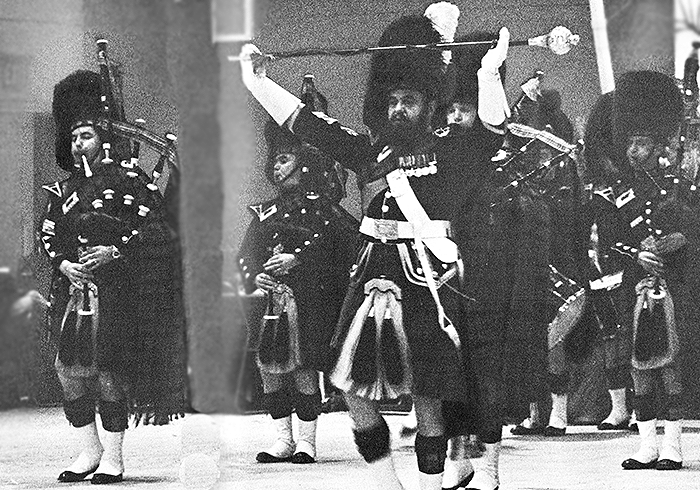
Singer Pipe Band was based in Clydebank near Glasgow and featured mainly employees of the giant sewing machine manufacturer. This article is taken from the company’s ‘Singer Light’ staff magazine of April 1971. At its peak the factory employed 11,500 people shipping their ubiquitous machines around the world. Sadly the factory closed in 1980 and the band is no more, but in their day it was the perfect public relations vehicle for the firm’s Scottish branch…
Drum Major Willie Pert’s commands crack sharply through the silent but electric air of the ballroom: ‘GET READY!’ Seven sets of sticks are raised and readied. The pipers take their positions.
‘BY THE CENTER! QUICK MARCH!’ The band surges forward in a grand sweep of motion to two three-pace rolls of the drums. The skirl of the bagpipes meld with rhythms of the drums to the blood quickening tune of Scotland the Brave, and the 1971 Tartan Ball is underway.
This year’s Ball was a special occasion for the employees of the company’s manufacturing facilities at Clydebank, Scotland. It marked not only one of the highlights of the new social season, but above all was an opportunity for hundreds of Singer families to see and hear the finest pipes and drums in the world – their own Singer Pipe Band.
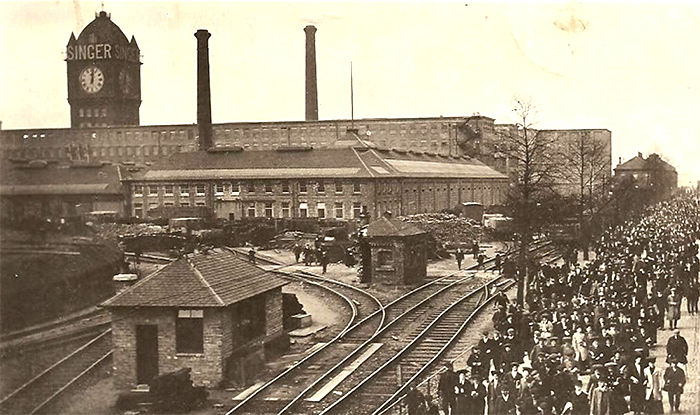
The tribute is more than an editorial bouquet; the Singer Pipe Band is the best, having marched away from the World’s Pipe Band Championship at Aberdeen last summer with the Peter Henderson Trophy – symbolic of world supremacy in the Grade Three division.
The World’s Championship is the culmination of a decade of patience and sheer hard work. Thousands of practice hours were invested by band members for that memorable moment at Aberdeen when the judges deemed ‘Singer’ the best in the world.
And precisely at that moment, says Band President William Gough, who becomes almost ecstatic when talking about it, ‘there wasn’t a bonnet on our heads’.
Every member of the band is a true professional. According to Pipe Major Maurice Pert (Drum Major Willie’s brother), members meet twice weekly for six hours of band rehearsal in addition to hours of individual practice.
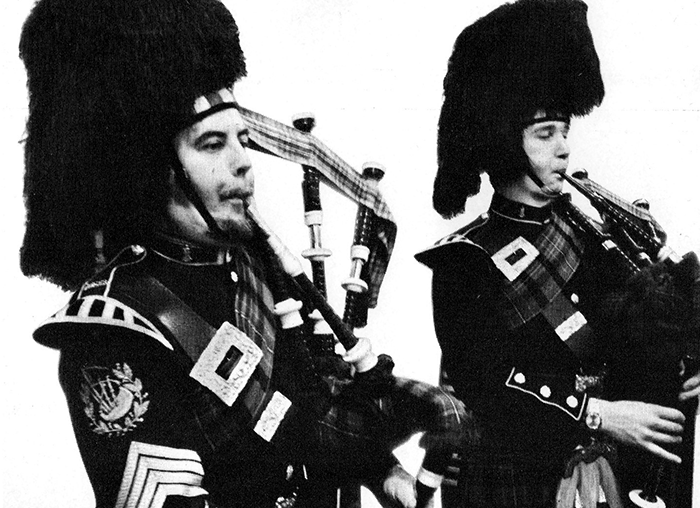
During the competition season from April until September, the band competes perhaps every other Saturday and entertains at private social functions. Members also perform solo engagements. With tongue-in-cheek, Willie Gough compares members’ wives to ‘golf widows’.
The band, organized in 1961, is a resurrection of the Singer Pipes and Drums that was founded in 1919 and disbanded during World War II when it lost most of its equipment stored in the Singer Recreation Hall during a bombing blitz [the Clydebank Blitz]. Fortunately, no lives were lost.
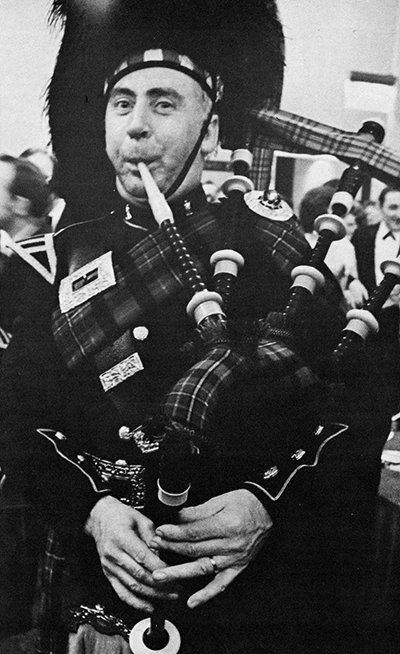
But to true Scots, the lingering laments of the pipes can never be buried and in 1961 the new Singer Pipe Band was founded. At first the members donned simple kilts and white shirts, but within a year the company helped furnish the pipers and drummers with full regalia. Today, the members proudly bear their colours – a MacLaren tartan – a blazing blue and green plaid.
The victory at Aberdeen was especially prestigious for it marked the Singer band’s first major victory in competition. But it was not the only success of the season. The band went on to notch victories at the Bridge of Allan Highland Games, and the Dunblane Highland Games.
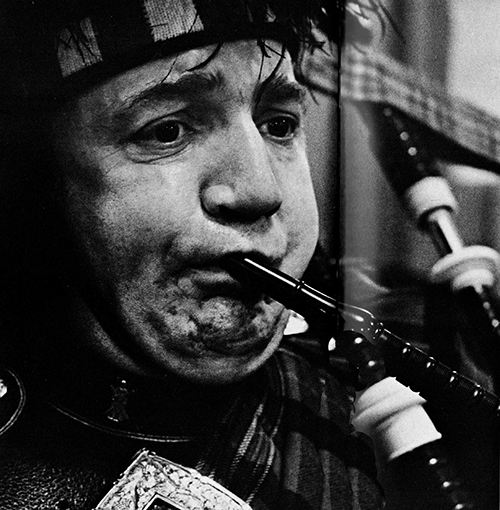
For the competitions, last year’s repertoire usually consisted of three tunes -Stirlingshire Militia, a march, Arniston Castle, a dance tune, and Major Manson, a reel or a lively dance of the Scottish highlanders. Each tune is about five minutes long. Both Willie Gough and Maurice Pert, incidentally, have personal repertoires of some 5,000 tunes [sic].
Each performance represents 15 to 30 minutes of precision marching and playing. As Pipe Major Pert puts it, ‘every finger must be lifted at precisely the same time’.
From white shirts and kilts to the formal grandeur of the MacLaren tartans, and from the amateur practice sessions of 1961 to the stirring sounds of a World Champion, the Singer Pipe Band is truly a keeper of the greatest of Scottish traditions.
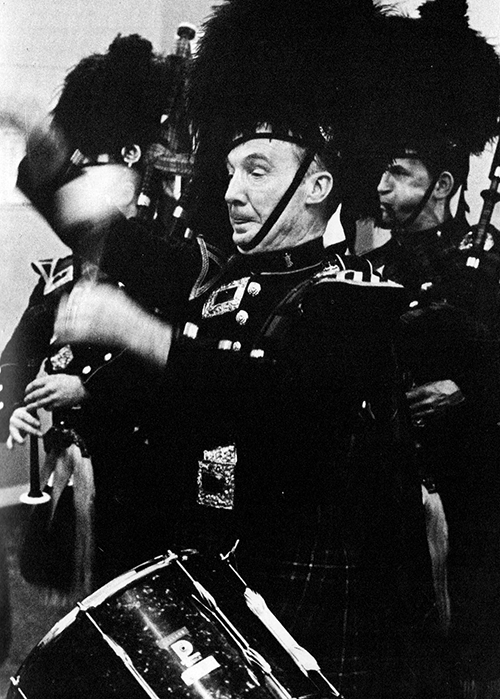
Sheer concentration is symbolic of the entire Singer Pipe Band – which last summer marched on to become World Champions.
- Did you or someone in your family play in the Singer’s band? Please email us any information on the band you may have. More generally, Piping Press is pledged to offer publicity to all bands whatever their grade so let us have your band’s backstory no matter what level you play at.
[wds id=”11″]







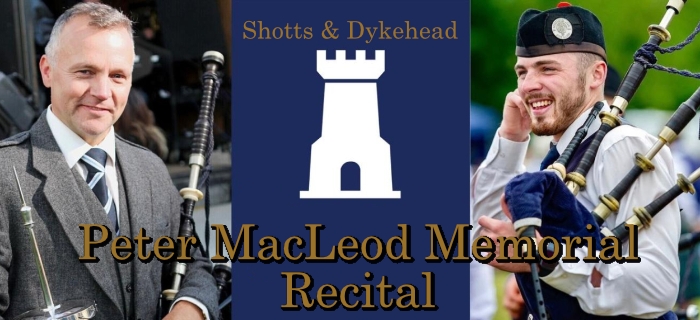

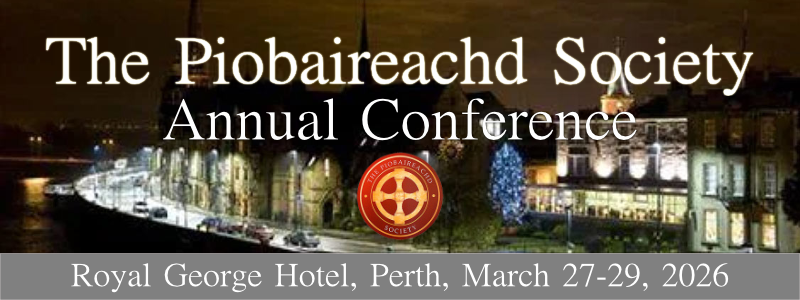






My late Dad, Jack McElroy, played with the Singers band in the 1960s and 70’s. I remember Maurice Pert and Archie Ronnie as men he played with.
Thank you for the article on Singer Pipe Band showing some well known faces from my past including my dad, Willie Gough!
The drummer is Wallace Brattan and the unnamed piper is Archie Rennie.
I believe that I may have one of the original photos of the factory as shown in the article, hanging in my house. It came from the original Clydebank library and was hand titled “Singers coming out”.
A recent TV documentary reminded me of the Singer Pipe Band. The 1970 World’s was my first major, with Monktonhall, and we managed to get 5th in the same contest. I think Dysart may have been in Grade 3 that year and would have been in the prize list, but as a 12 year old I’d enough problems getting into the circle, playing Donald Cameron, without trying remember the different prizes!
Piper David Moore in the background of the tenor drummer. David is a friend of mine and now lives near canonbie. He still plays regularly and teaches in that area as well. Currently playing with Dumfries pipe band.